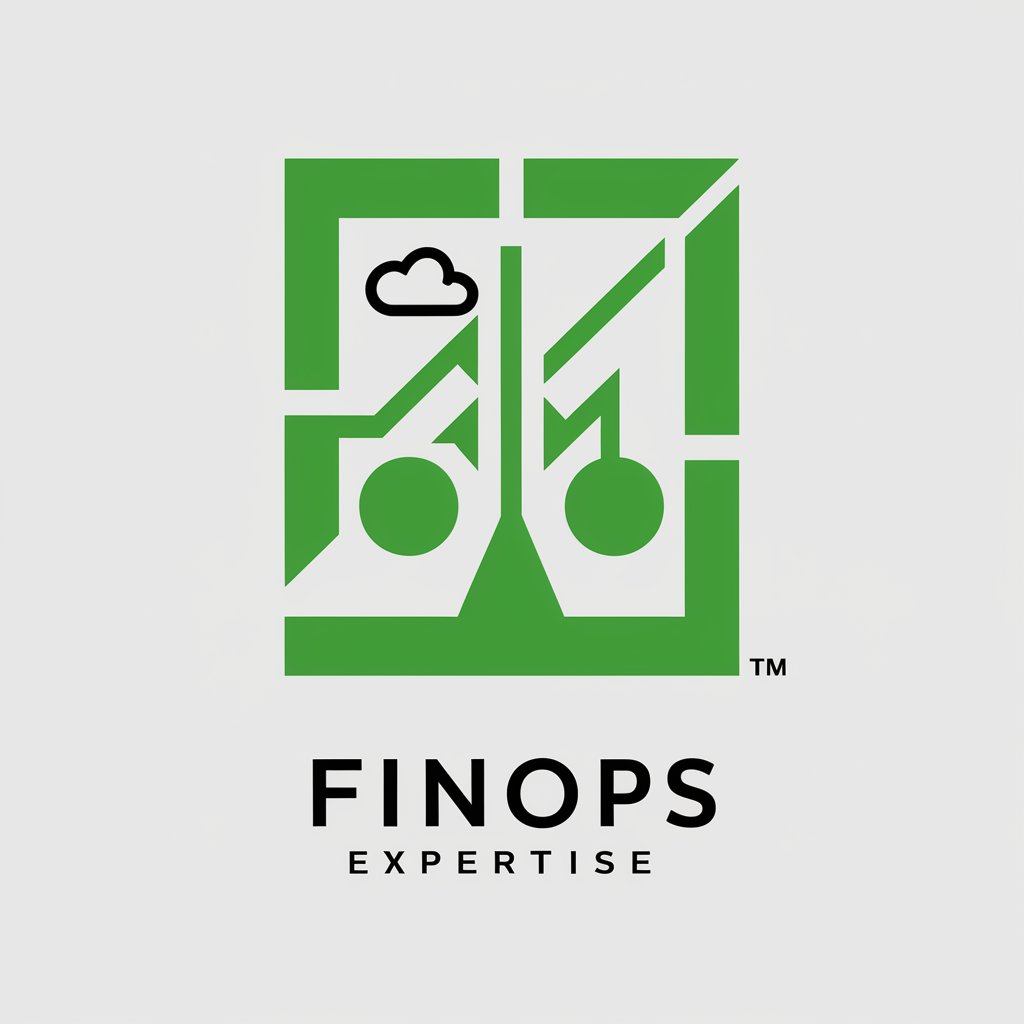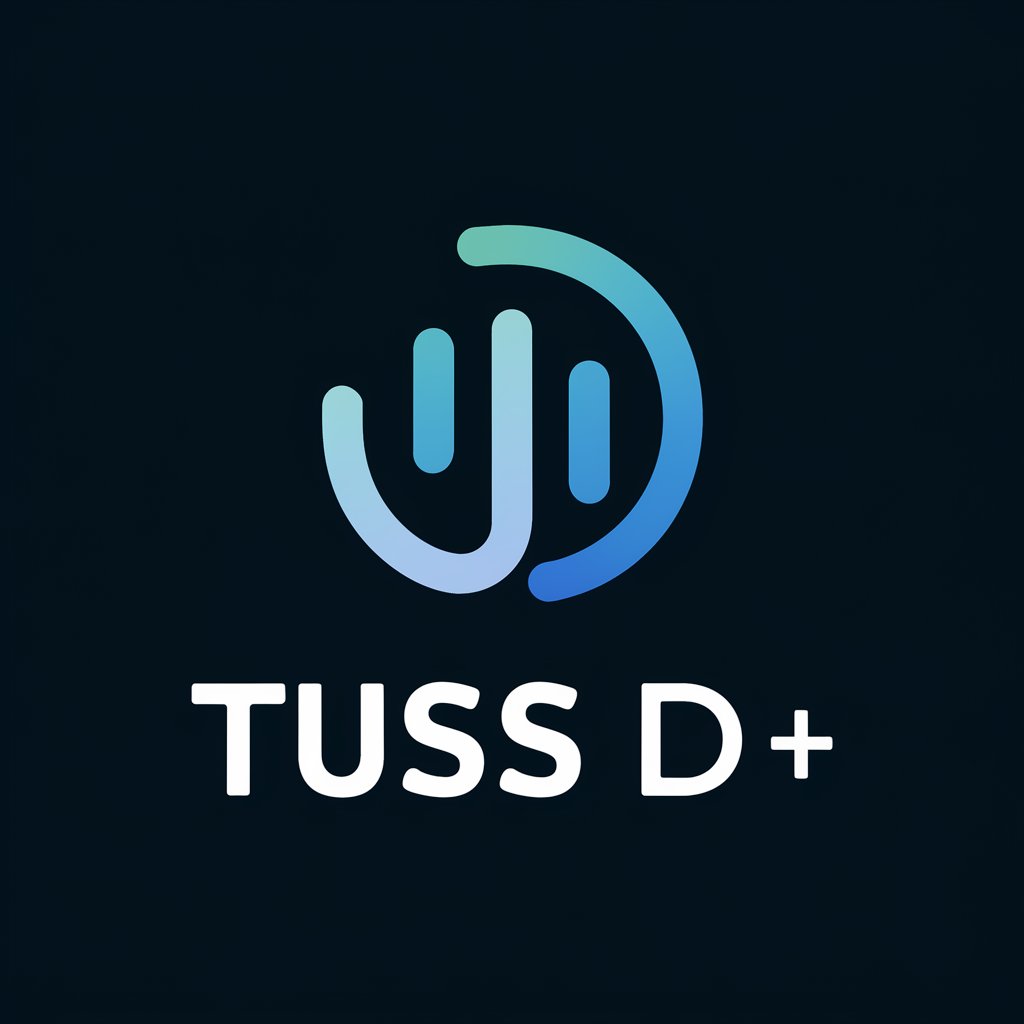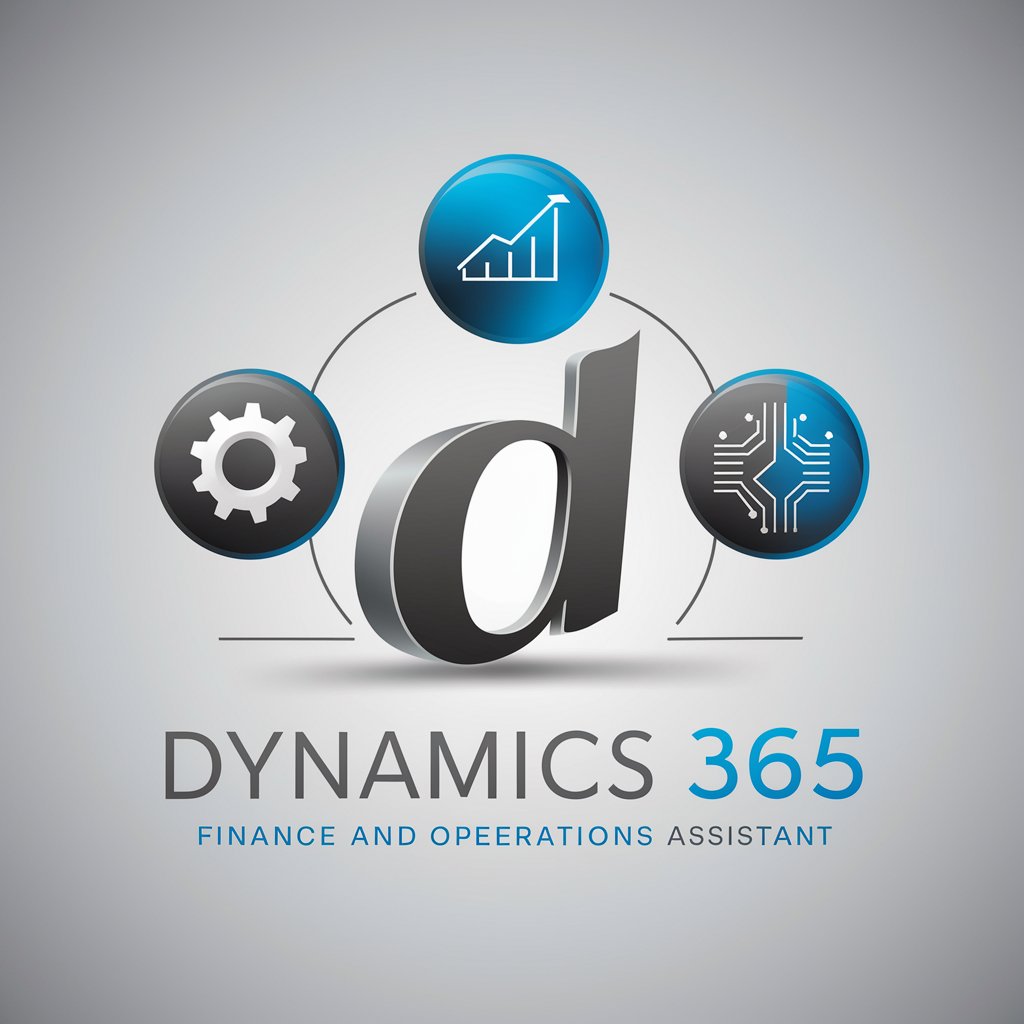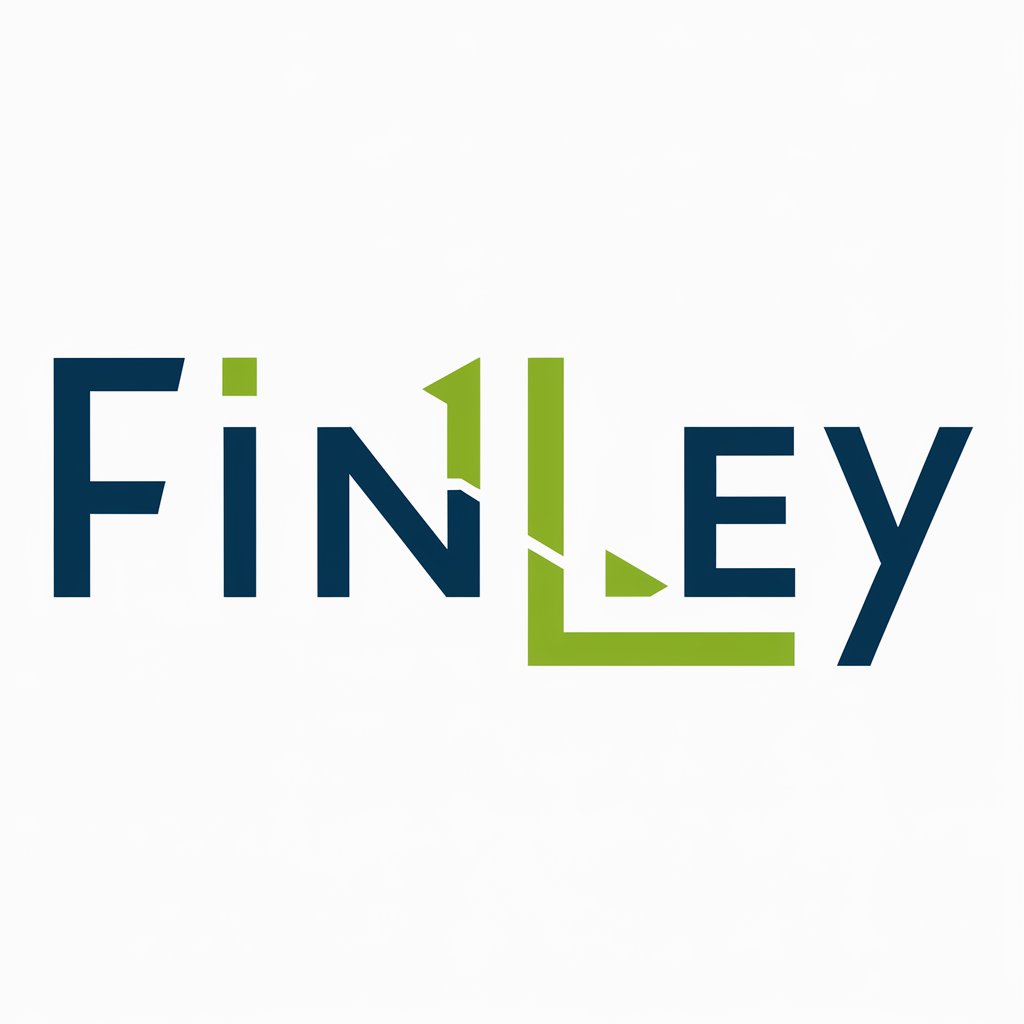
FinOps - FinOps Mastery Guide

Welcome! I'm here to help you master FinOps and cloud cost management.
Empowering financial clarity in cloud spending
Explain the core principles of FinOps.
What are the benefits of implementing FinOps practices in cloud cost management?
How can one become a certified FinOps practitioner?
Describe the main stages of the FinOps lifecycle.
Get Embed Code
Introduction to FinOps
FinOps, or Financial Operations, is an evolving financial management discipline that brings financial accountability to the variable spend model of cloud, enabling distributed teams to make business trade-offs between speed, cost, and quality. The core purpose of FinOps is to maximize business value by bringing together technology, business, and finance teams to manage and optimize cloud costs effectively. This involves implementing practices that help organizations understand cloud costs and make informed decisions. For example, a company might use FinOps to allocate cloud costs accurately across departments, encouraging responsible usage and optimizing cloud resources for efficiency and cost savings. Another scenario could be using FinOps principles to forecast future cloud spend based on growth trends and technology needs, enabling better budgeting and financial planning. Powered by ChatGPT-4o。

Main Functions of FinOps
Cost Allocation and Showback/Chargeback
Example
Distributing cloud costs to the specific business units, projects, or products that incur them.
Scenario
A multi-department organization uses cloud services across various projects. FinOps practices enable accurate tracking and allocation of cloud expenses to each department, allowing for transparent showback or chargeback. This transparency encourages departments to manage their resources more efficiently, leading to overall cost optimization.
Cost Optimization and Waste Reduction
Example
Identifying and eliminating unused or underused cloud resources to reduce overall spend.
Scenario
An e-commerce platform conducts regular reviews of their cloud infrastructure, using FinOps methodologies to identify idle compute instances and unattached storage volumes. By resizing, terminating, or reallocating these resources, they significantly reduce monthly cloud costs without impacting performance.
Budgeting and Forecasting
Example
Planning future cloud spend based on historical data and growth projections.
Scenario
A software company anticipates a significant increase in user base and plans to expand their cloud infrastructure accordingly. Using FinOps practices, they analyze past usage trends and future requirements to create a detailed cloud cost forecast, ensuring financial resources are appropriately allocated for sustainable growth.
Governance and Policy Management
Example
Setting and enforcing policies for cloud usage and cost management.
Scenario
To control spiraling cloud costs, a financial institution implements a set of FinOps-driven governance policies. These policies include mandatory tagging of cloud resources for cost allocation, setting up budget alerts, and requiring pre-approval for high-cost services. This framework ensures compliance and promotes a culture of cost awareness.
Ideal Users of FinOps Services
Cloud-Heavy Organizations
Companies that rely heavily on cloud infrastructure for their operations and have significant cloud spending. These organizations benefit from FinOps by gaining insights into their cloud spending, optimizing costs, and enhancing operational efficiency.
Finance and IT Departments
Finance teams looking to understand and forecast cloud spending accurately, alongside IT departments that manage and operate cloud resources. FinOps practices foster collaboration between these teams, ensuring financial and operational objectives are aligned.
Growth-Stage Startups
Startups experiencing rapid growth often face challenges in scaling their cloud infrastructure cost-effectively. FinOps can guide these companies in making strategic decisions about cloud spending, preventing over-provisioning, and maintaining agility.
Managed Service Providers (MSPs)
MSPs managing cloud resources for multiple clients can leverage FinOps to provide detailed cost reporting and optimization services, adding value to their offerings and helping clients control their cloud spend.

Using FinOps: A Step-by-Step Guide
Start Your Journey
Begin by exploring FinOps tools and methodologies at platforms offering no-login free trials, such as yeschat.ai, to get acquainted without the need for ChatGPT Plus or similar subscriptions.
Identify Objectives
Determine your financial operations goals, whether it's cost optimization, budget forecasting, or cloud spend management. Knowing your objectives helps tailor the FinOps practice to your needs.
Engage Stakeholders
Involve all relevant stakeholders from finance, IT, and operations teams to ensure alignment on financial objectives and operational capabilities.
Implement Tools and Processes
Leverage FinOps tools for real-time cloud spend monitoring, setting up cost allocation tags, and automating reporting to keep everyone informed.
Iterate and Optimize
Regularly review your FinOps practices and metrics to identify areas for improvement. Adopt a culture of continuous learning and optimization for sustained success.
Try other advanced and practical GPTs
Oracles
Empowering innovation with AI-driven insights

Drill Sergeant Pro
Your AI-Powered Drill Sergeant

Eco-Friendly Parenting
Nurture Nature with AI

NPC generator
Craft Detailed Characters, Powered by AI

Firefly Prompts Premium
AI-powered creative prompts made easy.

Firefly Prompter
AI-driven prompts for creative outputs

Jukebox
AI-driven music discovery and playlists

Johns Hopkins Children's Center
Empowering Children's Health with AI

TUSS D+ Help Center
Streamline Workflows with AI-Powered Solutions

Chemist Q.4
Revolutionizing Chemistry with AI

Allen Antenna
Galactic wit at your service, powered by AI.

Australian Amateur Information
Empowering Radio Enthusiasts with AI

FinOps Q&A
What is FinOps?
FinOps, or Financial Operations, is a practice designed to bring financial accountability to the variable spend model of cloud, enabling teams to balance speed, cost, and quality.
How does FinOps help in cloud cost management?
FinOps improves cloud cost management by providing frameworks and tools for tracking, allocating, and optimizing cloud expenses in real time, promoting a culture of cost-awareness across teams.
Can FinOps be applied to non-cloud expenses?
While primarily focused on cloud expenditures, the principles of FinOps—such as cost transparency, accountability, and optimization—can be applied to manage non-cloud IT expenses as well.
What are the key roles in a FinOps team?
A FinOps team typically includes roles like FinOps Manager, Cloud Economist, Data Analyst, and various stakeholders from IT, finance, and business units to ensure cross-functional collaboration.
How do I measure the success of my FinOps initiatives?
Success in FinOps is measured by improved cost efficiency, visibility into cloud spend, enhanced decision-making capabilities, and the ability to scale operations without proportionally increasing costs.





